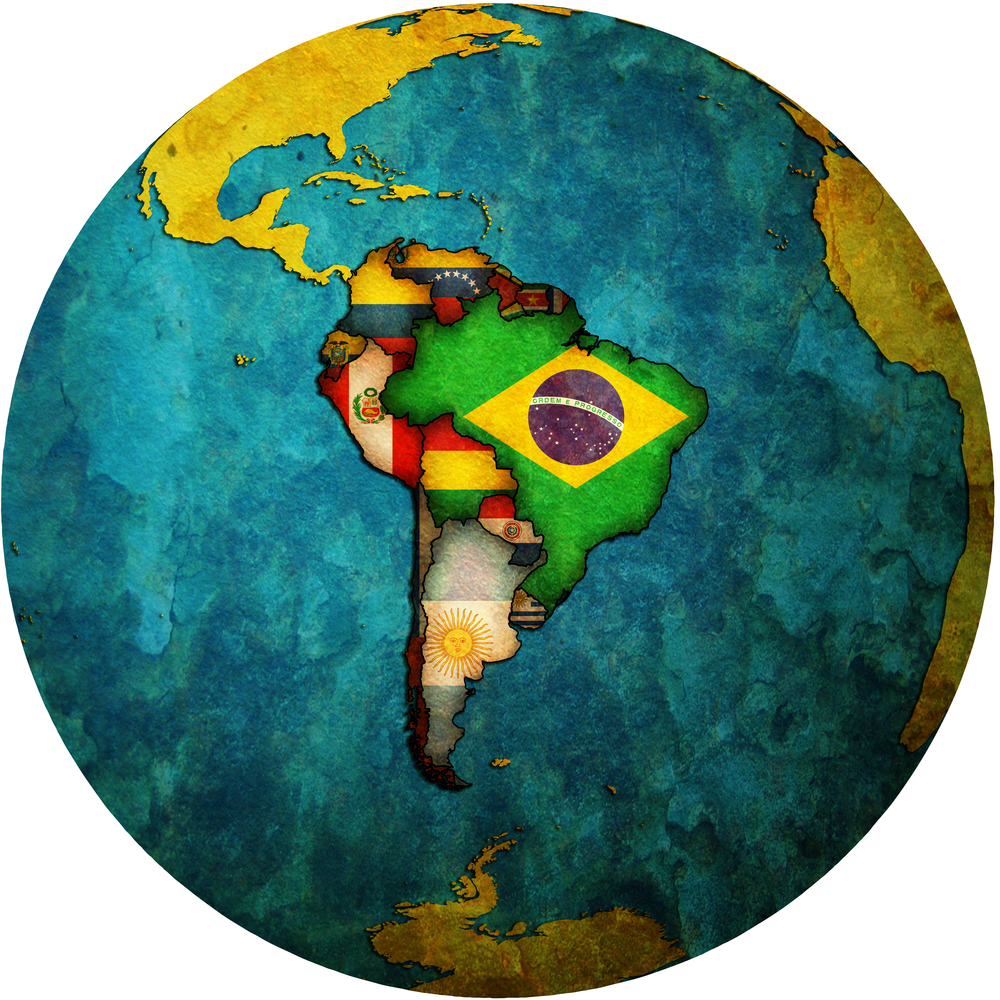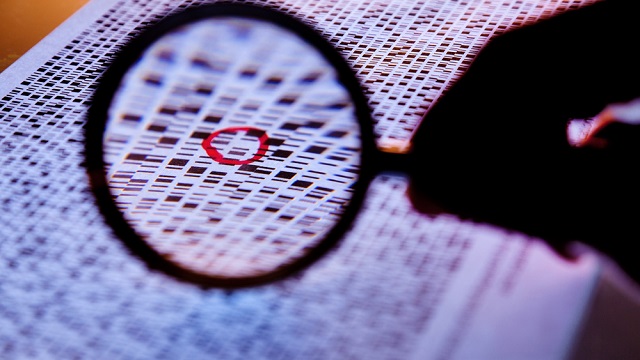Technology & Innovation
All Stories
Create It Real, which also manufactures 3D printer components, says its software — which currently only works on its hardware — is able to detect a gun schematic and prevent it from printing.
Scientists are warning that the area of oxygen-deprived water created as a result of agricultural runoff could grow to as much as 8,561 square miles this year, an area about the size of New Jersey.
This week Harvard University unveiled a database of 2.3 million carbon-based materials, including over 35,000 out of which some could eventually match silicon’s energy conversion ability.
A new study indicates an uptick in the number of people who have paid to access certain news sites. However, many still prefer to get their news for free, with social media growing in popularity as a source.
In this episode of The Amazing Adventures of Edward Snowden, our hero fools a cadre of journalists into believing he is en route to Havana in search of political asylum.
Faced with the prospect of long journeys to the city, which costs transportation fees and commuting time, it is no wonder why many capable workers prefer to remain in their villages with their families.
Preeminent Harvard historian Niall Ferguson argues that social mobility is extremely important to any developing or advancing society, and that the degree of social mobility is more important than the […]
While technologies create seamless payments online and at department stores, the result is a kind of instant gratification that may harm our greater sense of fulfillment.
A graduate student at MIT’s Media Lab has designed a system that contains a super-cheap optical chip, which could help bring holographic technology to consumers within the next five years.
Forget solar energy: This weekend Vodafone will debut its new charger, which is made out of flexible thermocouple-based fabric and a plug. The charger comes in two forms: shorts pocket and sleeping bag.
Thanks to three solar panels and a large lithium ion battery pack, the stations can capture and store enough power to charge six phones at once and have plenty to spare.
As a staunch follower of Adam Smith, Jean-Baptiste Say aligned himself with the tradition of classical political economy. However, he quickly diverged from Smith, creating his own brand of economics. […]
Keynes did not just diagnose the problem, he also posed a solution: government intervention.
As of this weekend, Google has begun testing Project Loon, in which solar-powered balloons flying 12 miles above the Earth to provide Internet to participating locations in New Zealand.
Hundreds of companies now offer lessons to children of immigrants living all over the world. While some say it’s a timesaver, others are concerned about radical influences.
As privacy rights gain greater focus in the European Union, one group says that giving individuals the right to remove personal material from the Internet would complicate historical record-keeping.
Big Idea: Micro-Loans/Micro-Financing
As we move toward a more cashless society, the dangers of credit transactions are becoming more apparent as those vulnerable to abusing credit also increase in number.
During a crisis, the demonstration of wealth via the purchase of luxury items is more effective at exhibiting qualities favorable to survivability than such purchases in favorable economic times.
Retaliation is illegal in the US, but businesses and organizations tired of being vulnerable to cyberattacks are reviewing what counterattack options they do have.
Public health researchers have found that when employees are given a day or two of paid recovery time, the influenza virus spreads through the office at a much slower rate, further reducing absences.
It goes by many names — puma, mountain lion — but after being all but exterminated east of the Rockies, the great cat is slowly regaining lost ground, causing concern among biologists, wildlife officials, and ordinary citizens.
Is the division of labor still maintained today as Adam Smith defined it?
A recent study indicates that parts of the western US have experienced a significant increase in the amounts of dust being blown around. Possible causes include drought and changes in land use.
What do we need to think about in light of the recent NSA leaks story? Precedent, collateral damage, discourse, and jumping on the grenade.
The US has been unwise to reject growing political ambitions from states like Brazil, which offered to broker nuclear arms talks between the US and Iran before President Obama declined the invitation.
Researchers are working on a method to teach passwords through a series of repetitive actions that, ideally, become so familiar that the user does them without conscious thought.
The fog releases into a vault and covers the intruder with invisible artificial DNA. Even if they get rid of their clothes, the DNA stays on the skin for two weeks.
University of Minnesota researchers have built a toy-sized aircraft that moves in response to wireless signals interpreted by an EEG cap.
MIT’s Solar System software combines several sources of data to create a map that can predict the annual yield of a panel array installed at a given location.
























